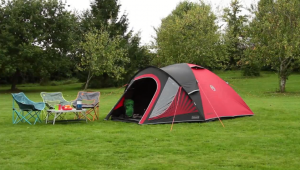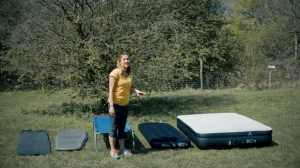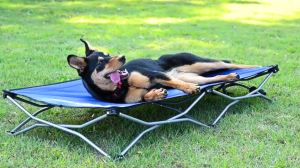Backpacking can feel like the perfect blend of exploration and escape. Yet, every step on the trail is influenced by the weight you carry on your back. If your tent is too heavy, you’ll notice it with every footfall. That’s why many outdoor enthusiasts search for the best lightweight tents for backpacking—they want something compact, easy to carry, and still reliable when the weather changes. In this guide, we’ll explore what you need to know about choosing the right ultralight shelter, so you can find that sweet spot of comfort and practicality.
What We'll Cover
- Why a Lightweight Tent Matters
- Key Factors in Choosing a Lightweight Backpacking Tent
- 1. Weight-to-Space Ratio
- 2. Seasonality and Weather Resistance
- 3. Setup Simplicity
- 4. Packed Size
- 5. Ventilation and Condensation Management
- Top 5 Lightweight Tents for Backpacking on Amazon
- Big Agnes Copper Spur HV UL2
- Tarptent Notch Li
- MSR Hubba Hubba NX 2
- Big Agnes Fly Creek HV UL3
- NEMO Hornet 1P
- Additional Considerations:
- Conclusion
Why a Lightweight Tent Matters
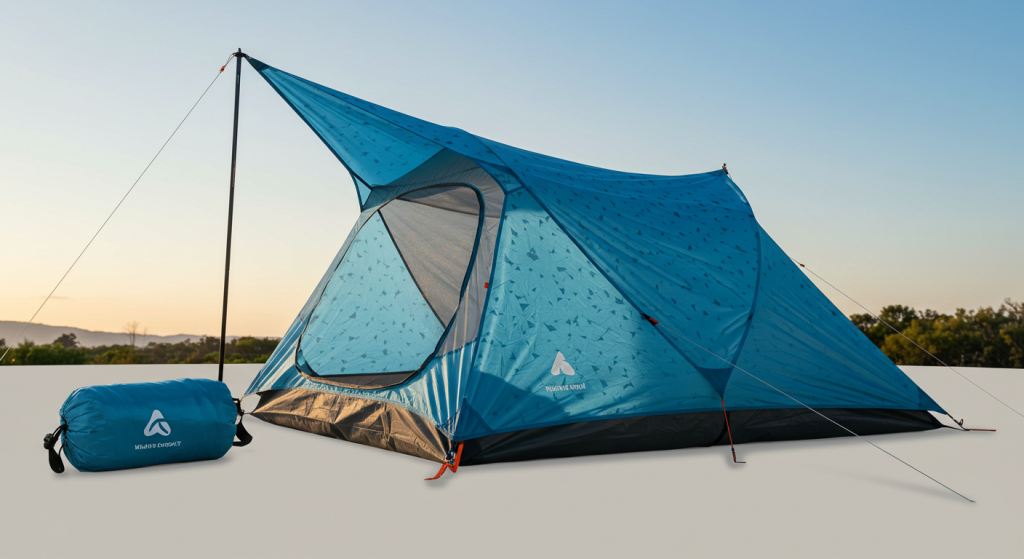
Reduced Strain on Your Body
According to the Outdoor Foundation, backpacking participation has seen steady growth in recent years. This surge in interest highlights the importance of gear that’s not just durable, but also comfortable to carry. One of the main perks of using a lightweight tent is the reduced strain it places on your back and joints. When your shelter weighs less, you conserve energy and lower the risk of fatigue or injury.
A More Enjoyable Backpacking Experience
Backpacking is about enjoying nature, not struggling under a heavy load. If your gear is lighter, you can take longer hikes each day, explore side trails, or simply savor the adventure with fewer aches and pains. According to experts at the National Park Service (NPS.gov), backpackers often underestimate the toll a few extra pounds can have over multiple miles. Opting for one of the best lightweight tents for backpacking means extra freedom and flexibility.
Balancing Weight and Durability
While lighter is typically better, you shouldn’t sacrifice durability. High-quality lightweight tents use advanced materials like ripstop nylon, Dyneema Composite Fabrics (DCF), or ultralight polyester. These fabrics balance minimal weight with weather resistance. Understanding how to read a tent’s fabric specifications can help you determine whether it can handle the environmental stressors you might encounter on the trail.
Key Factors in Choosing a Lightweight Backpacking Tent
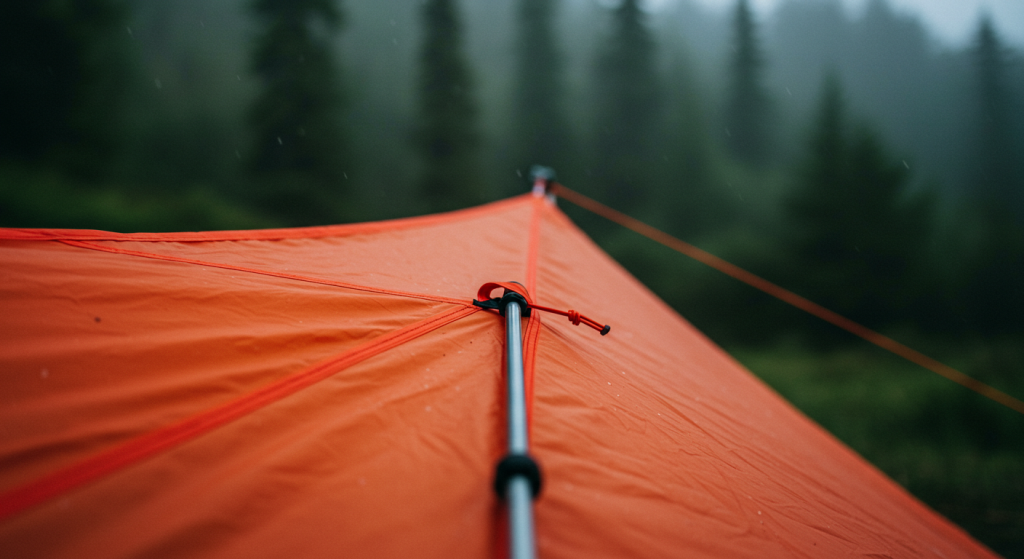
1. Weight-to-Space Ratio
When exploring lightweight tents for backpacking, consider the weight-to-space ratio. This metric weighs (no pun intended) how many pounds you carry per person or per square foot of livable area. For example, a tent that weighs 2 pounds but has space for two people offers a better weight-to-space ratio than a 3-pound tent for a single person.
A quick calculation example:
- Tent A weighs 2 pounds and sleeps 2 people = 1 pound per person.
- Tent B weighs 3 pounds and sleeps 2 people = 1.5 pounds per person.
Tent A has the more efficient weight-to-space ratio. Over many miles, those differences in pounds (or fractions of pounds) really add up.
2. Seasonality and Weather Resistance
Lightweight backpacking tents can range from 1-season minimalist shelters to sturdy 4-season models. If you typically backpack in mild climates, a 2- or 3-season tent might be your best choice. These often have:
- Mesh panels for ventilation in warmer weather.
- Sealed seams to protect against light to moderate rain.
For more extreme environments, such as high-altitude or cold-weather trekking, you may need a 4-season tent, although these are generally heavier.
3. Setup Simplicity
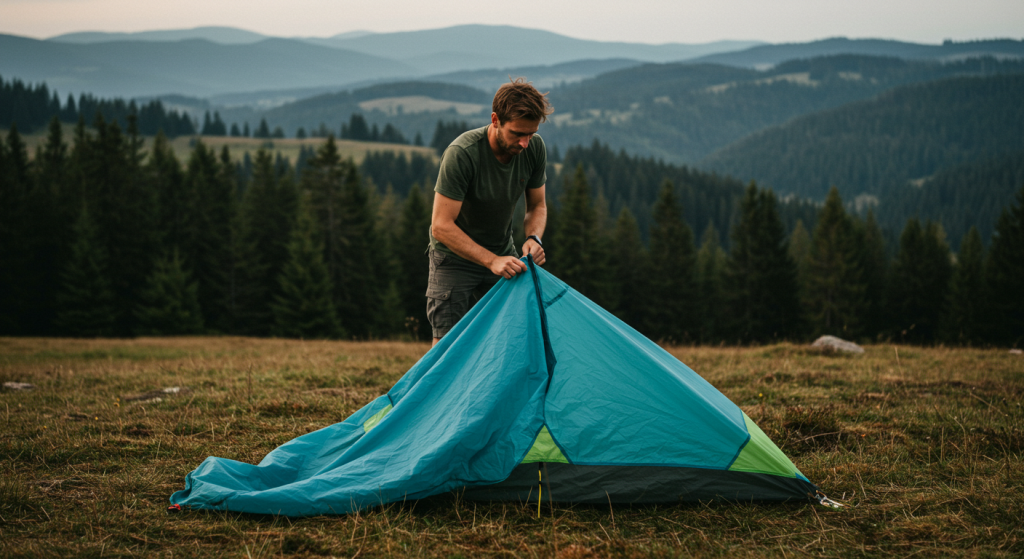
After a long day of hiking, an easy setup is a blessing. Look for designs with fewer poles or color-coded clips. Freestanding tents are typically simpler to pitch, since they don’t always require stakes. However, semi-freestanding or trekking-pole-supported tents can shave off a significant amount of weight.
4. Packed Size
Even if a tent is lightweight, a bulky packed size can consume precious space in your backpack. Make sure your chosen tent compresses down to dimensions that fit comfortably alongside your other gear. If it doesn’t, you might need to attach the tent to the outside of your pack, which could expose it to damage on the trail.
5. Ventilation and Condensation Management
Lightweight tents often feature more mesh than heavier models. This mesh adds ventilation, preventing condensation—a common annoyance for campers. Adequate ventilation not only keeps you dry but also helps maintain a comfortable sleeping temperature. Check for multiple vents or a double-wall design if condensation is a primary concern.
Top 5 Lightweight Tents for Backpacking on Amazon
Below is a comparison table featuring some of the best lightweight tents available on Amazon. These selections have been chosen for their balance of low weight, durability, and comfort, helping you make an informed decision for your next backpacking trip.
| Tent Model | Weight | Capacity | Price Range | Key Features |
|---|---|---|---|---|
| Big Agnes Copper Spur HV UL2 | ~3 lbs 1 oz | 2-person | $450–$500 | Easy setup, excellent ventilation, durable ripstop nylon, weather-resistant. |
| Tarptent Notch Li | ~1 lb 7 oz | 1-person | $350–$400 | Ultralight design, trekking pole system, compact pack size, minimalist structure. |
| MSR Hubba Hubba NX 2 | ~3 lbs 14 oz | 2-person | $400–$450 | Durable construction, reliable in varying conditions, quick setup, spacious interior. |
| Big Agnes Fly Creek HV UL3 | ~4 lbs 12 oz | 3-person | $500–$550 | Spacious design, robust build, quick setup, multiple entry points, high-quality materials. |
| NEMO Hornet 1P | ~1 lb 6 oz | 1-person | $450–$500 | Ultra-compact, fast pitch, designed for solo backpackers, excellent weather resistance. |
Big Agnes Copper Spur HV UL2

FULLY REDESIGNED - One of our best-selling, full-featured, ultralight backpacking tents, the Copper Spur HV UL series just got better with new features inside and out, proprietary materials that ar...
Why It’s Great: This 2-person tent offers a generous balance of livable space and ultralight construction. Its color-coded pole system ensures a straightforward setup, and its durable materials stand up well to the rigors of backcountry weather.
Potential Drawback: Its design may be less suited for extreme winter conditions, so consider your typical climate before choosing.
Tarptent Notch Li

Why It’s Great: Ideal for solo adventurers, this tent emphasizes minimalism. Its use of trekking poles instead of traditional tent poles helps cut weight dramatically, and its compact design is perfect for those who prioritize speed and efficiency.
Potential Drawback: The single-wall design may sometimes result in condensation issues in very humid environments.
MSR Hubba Hubba NX 2

3-season, 2-person backpacking tent that offers the most livable accommodations in a lightweight freestanding design
Pole geometry maximizes space with 29 sq. feet of floor area, interior peak heig...
Why It’s Great: Known for its durability and ease of setup, the MSR Hubba Hubba NX 2 is a favorite among backpackers. It offers extra interior space without sacrificing too much weight, making it a reliable choice for varied conditions.
Potential Drawback: It is slightly heavier than some of the absolute minimalist options on the market.
Big Agnes Fly Creek HV UL3

Why It’s Great: This 3-person tent manages to provide extra room and comfort while still being lightweight enough for backpacking. With multiple entry points and a robust design, it’s an excellent option for groups or those who want a bit more space.
Potential Drawback: Its larger capacity naturally means a bit more weight, so it works best when the load is shared among several hikers.
NEMO Hornet 1P

High-performance, proprietary OSMO poly-nylon ripstop fabric has 4x better water repellency and 3x less stretch when wet. OSMO fabric is made from 100% recycled yarns that are PFAS-free and meet fl...
Why It’s Great: The NEMO Hornet 1P is designed specifically for the minimalist solo adventurer. Its ultra-compact packed size and rapid setup make it ideal for those who value every ounce saved on the trail.
Potential Drawback: Its premium price may be a hurdle for some budgets.
Additional Considerations:
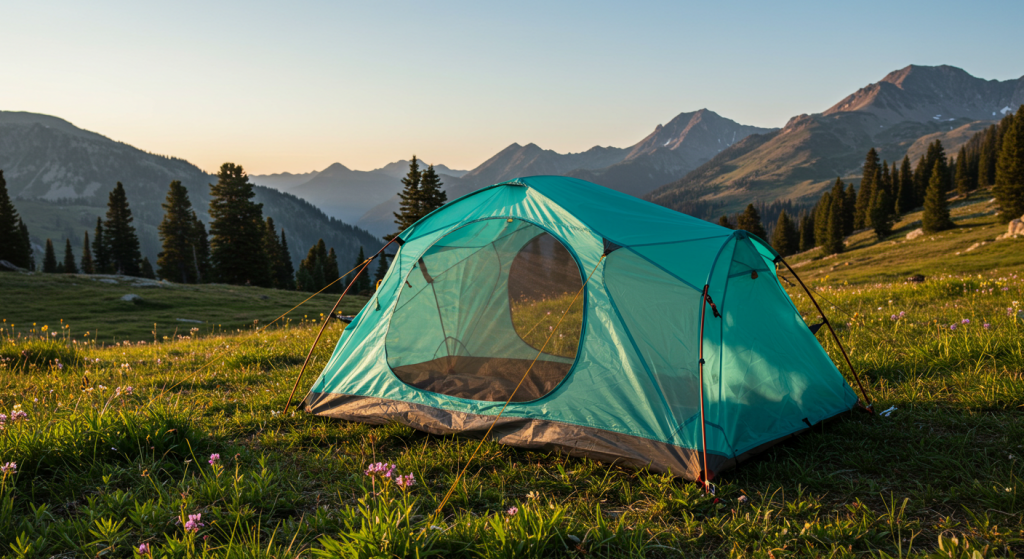
- Tent Footprint: Protect your tent floor by adding a footprint—especially if you camp on rough terrain. A footprint can add extra weight, but it can also prolong your tent’s lifespan.
- Interior Gear Storage: Look for tents with built-in pockets or gear lofts to keep essentials organized.
- Repair Kits: Always bring a small patch kit or duct tape for emergency fixes on the trail.
Conclusion
Selecting the best lightweight tents for backpacking goes beyond trimming ounces—it’s about finding a shelter that meets your durability needs, climate demands, and personal comfort. Striking this balance can be transformative for your outdoor experience, allowing you to hike farther, recover faster, and genuinely enjoy each moment in the wilderness.
Before making a final decision, list your priorities: do you need more interior space, or would you rather save a few extra ounces? What climates and seasons will you face most often? Once you’ve answered these questions, use the comparisons and tips provided here to guide your choice.
Takeaway: The right lightweight tent can be the difference between a grueling slog and a joyful journey. Now that you’re equipped with the facts and figures, it’s time to invest in a tent that makes every mile more rewarding. Whether you’re embarking on a weekend getaway or a multi-day trek, a well-chosen ultralight tent sets you up for success.
The responses below are not provided, commissioned, reviewed, approved, or otherwise endorsed by any financial entity or advertiser. It is not the advertiser’s responsibility to ensure all posts and/or questions are answered.
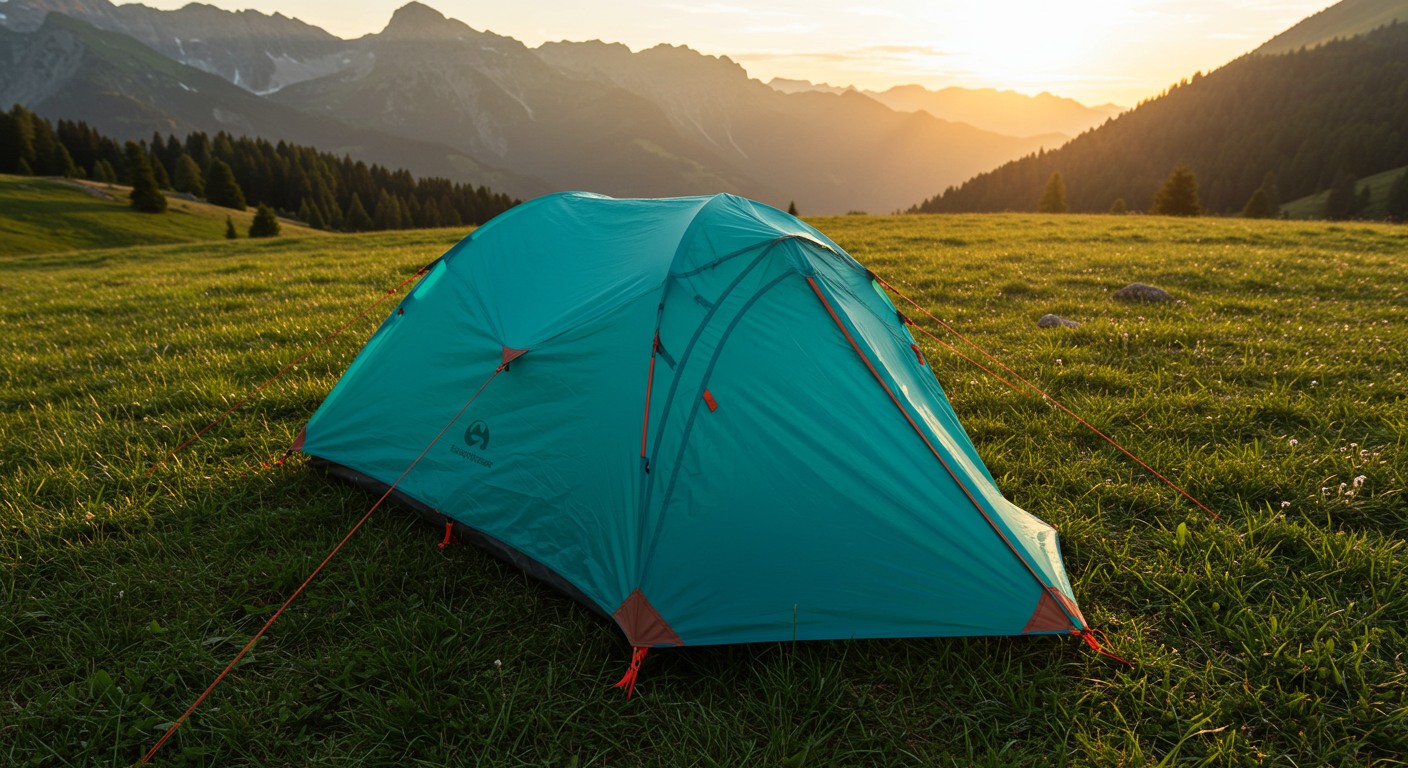

![How to Insulate Your Tent For Winter & Summer Camping [Easy & Safe]](/assets/images/837b3f1e0120197d2432bcf28c7a3636.png)
